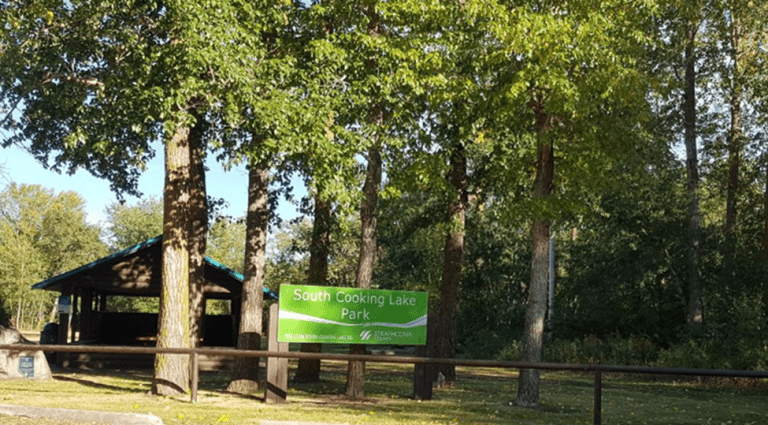- Cracks in concrete typically result from too much water in the mix.
- 18 of 45 rail bridge piers under repair and require strengthening
- Fault lies in the approval chain of command.
- Is this LRT concrete failure part of a larger systemic goal of cash flow and profit?
One of the great ‘green’ initiatives of former Mayor Don Iveson and city council was the ‘Valley Line LRT’ (light rail transit system), extending from the Millwoods community in South East Edmonton to the downtown core.
But now it appears that 18 of 45 concrete piers, which carry the LRT tracks as a rail bridge over 75 street, Wagner high school, Argyll Road, and other major roadways, are showing major cracks and faults, and are deemed temporarily unsafe.
According to media reports “Crews are now working to pin down the cause, and additional construction will be required to strengthen the piers.”
It is actually not difficult to pinpoint the cause here. The strength of concrete will be determined by the specific mixture of rocks, cement mix, and water.

Cracks in Concrete typically result from too much water in the mix.
Concrete for tax-funded infrastructure jobs is systematically measured for strength and quality at every stage of production.
Typically, concrete is physically examined coming off the concrete truck using what is called the ‘slump’ test, and later by compression tests (pressure until fail) of concrete cylinders, also taken right of the truck at the time of pouring but tested in labs after various numbers of weeks.
Concrete actually gains in strength as it cures, though it should be kept damp during this process.
The point is, the only way concrete piers will crack and fail, in some cases dramatic fashion (literally a seam breaking top to bottom) is failure to meet design specifications for the concrete strength.
Higher water ratio in concrete is much easier and faster to pour.
We have been pouring and making bridges in Alberta for 100 years and have long since known how to compensate for the extremes of temperature changes and stresses found in this environment.
What builders have also been known to do, is to increase the water ratio in the mix so it is easier to pump over distances or vertically and is much faster.
This is all part of the speed vs. cost vs. profit gamesmanship which goes along with this industry.
The waterier the concrete mix, (which will typically fail the slump test taken at site) the less strength it will have.

It is likely however, that these concrete piers were actually formed off-site and then shipped and placed via crane.
The same quality control measures would still need to be in place at time of production and compression testing over time, to ensure strength compression checks are met.
Whatever the case may be, there is no doubt that somewhere along the production chain strength and composition checks would have been required.
Fault lies in the approval chain of command.
Given that it is impossible to ‘not know’ the cause of the concrete failures as implied by MSM the headlines of the story, one has to look at the approval chains of command in the system.
Mandatory testing and inspection are in place; and yet a kind of conversion process occurs which has permitted unsafe materials to proceed anyways, without accountability or transparency.
Personal Onsite Investigation appears to show concrete resurfacing on bridge piers.
We actually drove out to the pier and LRT construction at Wagner Road and 75 street in Edmonton.
In these pictures you do not see any major cracks or separations, but upon close up you do see surface cracking. You also see what appears to evidence of recent resurfacing.
Three of the piers had scaffolding and tarp coverage, which suggests that crews are busily repairing the presence of surface cracks before they become too obvious or get worse.
This is just conjecture. Surface cracking per se would typically indicate a ‘too watery’ solution at time of production.
Would the onsite tester and foreman approve under-code concrete anyways under pressure to meet schedule targets? Unlikely.
Would the offsite compression testing facility with data indicating the concrete is weak and likely to fail approve it anyway?
Would they report their findings to the city regulators and administrators, who may then either cover up these findings, or actually report these findings to the council members and mayor?
Would these elected officials then suppress these results due to bad publicity or, more likely, potentially from pressures placed on them by their industry contacts and partners?
Is this LRT concrete failure part of a larger systemic goal of cash flow and profit?
There is no mystery here. When concrete fails, it is because of known variables and will be traced to known strength factors specified as code in the design, which it appears were not met or enforced.
Why would this happen? What is the goal of this failure? Is this profit driven, perhaps skimming on materials or curing methods?
Is this service to self among the local elites who perhaps have visible or concealed connections to contractors and chose to suppress this information during construction?
Nobody loses right, just we the people who can barely afford to keep a roof over their head due to taxation and fees at every turn here in Edmonton.
In the private sector, in small businesses or people who build things for use or perhaps grow food, this kind of failure would likely lead to bankruptcy, or worse.
People need to open their eyes and realize that this is not ‘oh well, these things happen, just trust the government who always have our best interest at heart’.
This is just another example of the systemic ‘take’ and entitlement among local business elites and government slave masters.
Further reading: https://www.msn.com/en-ca/news/canada/long-delayed-2418-billion-valley-line-lrt-stymied-yet-again/ar-AA10wrBq




































